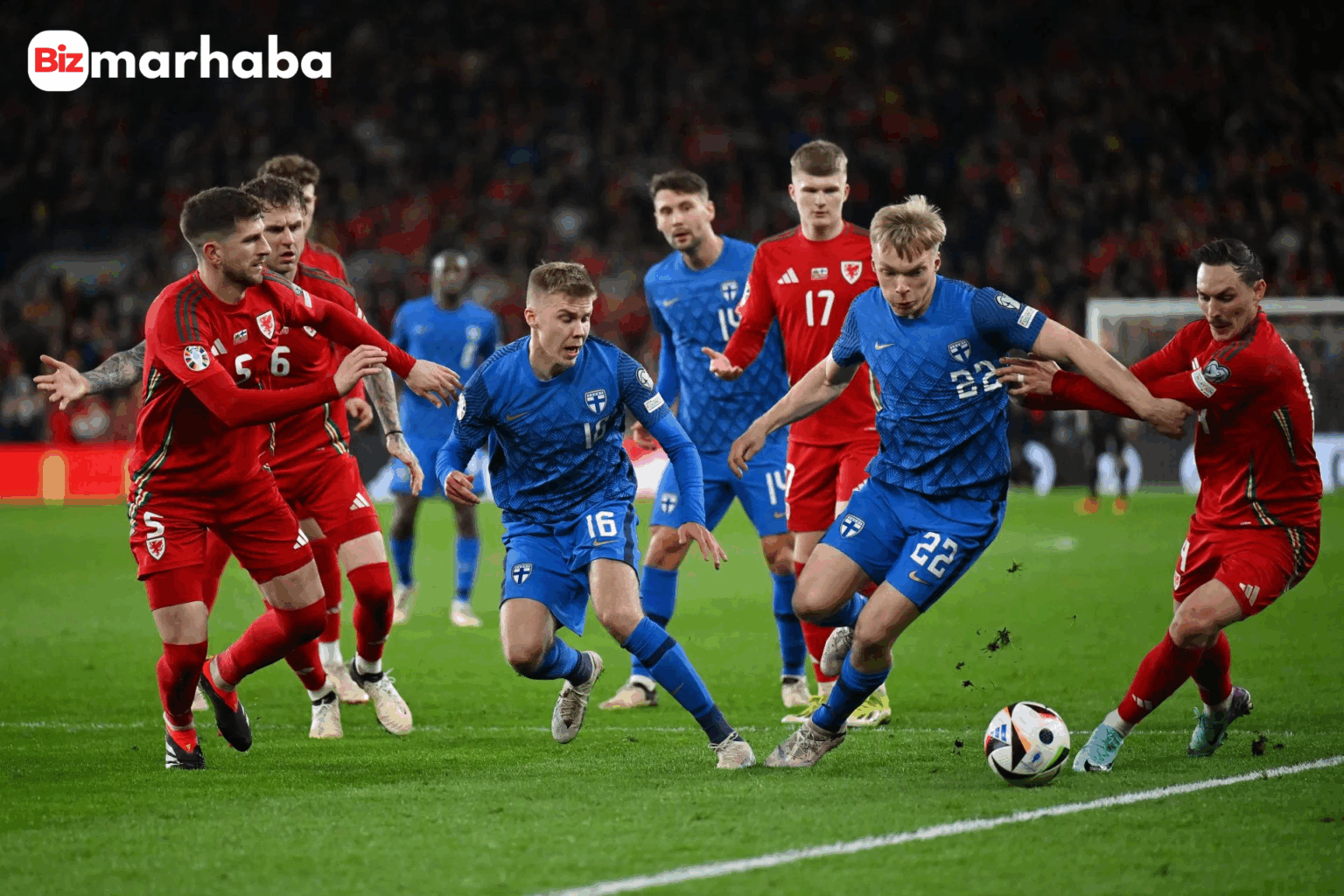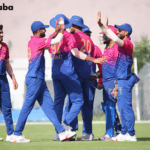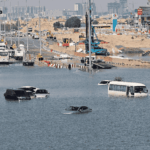The FIFA world cup qualifiers 2026 has already commenced the countdown and with it one of the most competitive football qualification campaigns in the past. To the countries in six continents, it is a trial of patience, planning and patriotism to make it to the largest sporting arena in the world.
The 2026 version will be the first to have 48 teams, and this will expand the tournament and transform the qualification method of teams. Having more slots, the contest has turned more open and more unpredictable, providing hope to smaller countries and keeping the established forces on the edge.
Divided by Regions and United by Dreams.
UEFA (Europe)
Europe is the epicenter of the elite football and its qualifying campaign is as hard as any on earth. The number of European countries that will make it to the world cup 2026 will be sixteen having come out of twelve hotly contested groups.
The teams play each other twice; at home and away where each team plays a home and away game respectively with the opposing team. The winners of the groups go straight to the finals, and the losers, and the best performing Nations League teams which did not end up in the first two positions, proceed to the playoffs.
In the case of traditional heavyweights, such as Germany, England, France, and Italy, they should and not ought to qualify. In the meantime, the smaller countries like Scotland, Finland and Georgia are on the upswing, driven by previous close calls and a sense that the giants of football could be overthrown.
CAF (Africa)
The route to the world cup in Africa has never been any more thrilling. The continent has now nine direct qualification slots, its biggest ever allocation, and another slot in the intercontinental playoffs.
The number of countries is separated into nine groups of six. The group victors will get a direct ticket to North America with the four runners-up contending in a playoff to get one final opportunity to be qualified.
African qualifiers are characterized by the intensity and unpredictability. The distances covered in the travel are enormous, weather changes between heat and desert wind, and even such powerful nations as Nigeria, Egypt and Ghana may fall against the underdog with a dream. All matches are important – each goal might make history.
AFC (Asia)
The Asian qualification is among the most complicated and timely in the world football since the continent is large and heterogeneous. Eight direct slots and one intercontinental playoff spot have never been increased.
The qualifiers process in Asia is carried out in five phases where the lowly-ranked countries are first subjected to the first round where they play each other, and then the big players such as Japan, South Korea, Iran, and Australia enter the group phases later. This progressively eliminates competitors and at the last few rounds, only those who are most consistent and most tactically controlled remain.
The growth of World Cup has brought hope to Asia. Countries like India, Vietnam, and Uzbekistan are now aspiring to make history and already formed teams fight to maintain their supremacy.
CONMEBOL (South America)
The format of qualification in South America has also not changed- and rightly so. A single league has ten countries that compete with one another playing home and away over a few years. It is a mean, cruel game that needs consistency and bravery in some of the most violent conditions in football.
There are 6 direct slots and one playoff slot; every nation feels that they can be eligible. Usually favorites are Argentina, Brazil and Uruguay, but such teams as Colombia, Ecuador and Chile are never behind.
Every South American game is heavy, whether it is the high altitudes in La Paz, the wet weather in Barranquilla. There is no part of the world that is more passionate, skilled, and unpredictable than CONMEBOL.
CONCACAF (North, Central America and the Caribbean)
This is the first time when three of the largest countries in CONCACAF can automatically qualify as co-hosts of the 2026 World Cup namely, United States, Canada and Mexico. The other part of the region is left with the three direct spots and two playoff spots.
The qualification process is organized on the basis of several rounds and allows smaller countries like Curacao, Trinidad & Tobago, and El Salvador an opportunity to play against such regional giants as Costa Rica, Honduras, and Panama.
The variety of playing styles throughout North America and the Caribbean makes each game unknown. It may be as difficult in Kingston on a rainy pitch as it is in a high-technology stadium in the U.S. The goal of hosting a home continent world cup has motivated all the teams in the area.
OFC (Oceania)
The smallest confederation in terms of size, Oceania has been granted a direct entry to the World Cup finally. This historic development leaves its countries with genuine prospects of making it through to the finals without necessarily passing through the feared intercontinental playoffs.
New Zealand is the powerhouse of the region although the others like Fiji, Tahiti and Papua New Guinea are building steadily. The best teams will have to fight in early stages, and group matches and knockouts to obtain the status of the person who is going to represent the Pacific in the world arena.
The Intercontinental Playoffs.
After the completion of the regional qualifiers, the two remaining spots on the world cup table will be decided by the intercontinental playoff tournament. The final berths will be decided by knockout matches taking place between six teams each confederation except Europe plus an additional team in the host confederation.
This phase is characterized by tragedy and tears. In the case of smaller countries, it is usually as close as they have ever gotten to the World Cup. A single game can create a change in the history of football over decades.
Premiums and New Frames.
With the progress of the qualification campaigns, a number of countries have already reserved places yet some have gained good grounds. The old giants such as Argentina, Japan and France still control their areas, but new entrants are up roaring.
There is consistency in Morocco and Senegal in Africa and Uzbekistan and Vietnam are up-and-coming nations that are busting critics in Asia. Scotland in Europe, Poland, and Serbia have all been resilient and disciplined in their tactics.
It is a long and uncertain path, but the one thing that is certain is that the 2026 world cup will have the most diverse and globally representative lineup in its history.
What is so Special about the Qualifiers.
World Cup qualifiers are not an end to a goal, but rather a feast of the heart of football that is a world. They are an embodiment of the essence of the game in the purest, barest form, when dreams and life come into conflict, and each corner, tackle, and goal may alter the fate of a nation.
Rival fans spend each minute of their lives in overcrowded stadiums in Buenos Aires to Bamako, in Seoul to Glasgow, as though it were the very last. The qualifiers represent what football is not only about the sport but about emotions and identity as well as belief.
Conclusion
The global football is redefining its past through the 2026 world cup qualifiers. It is turning out to be the most exciting campaign ever with more teams, more dreams and more drama than ever. The path to North America is the journey that brings the world together on the beautiful game, whether it is the giants to protect their legacies or the underdogs to pursue their unattainable dreams.








